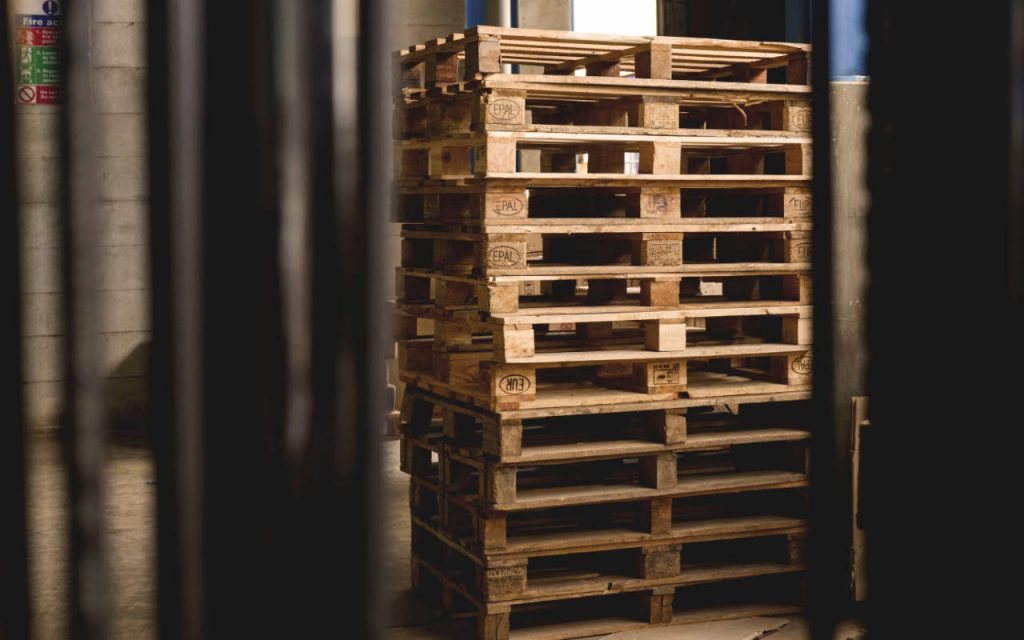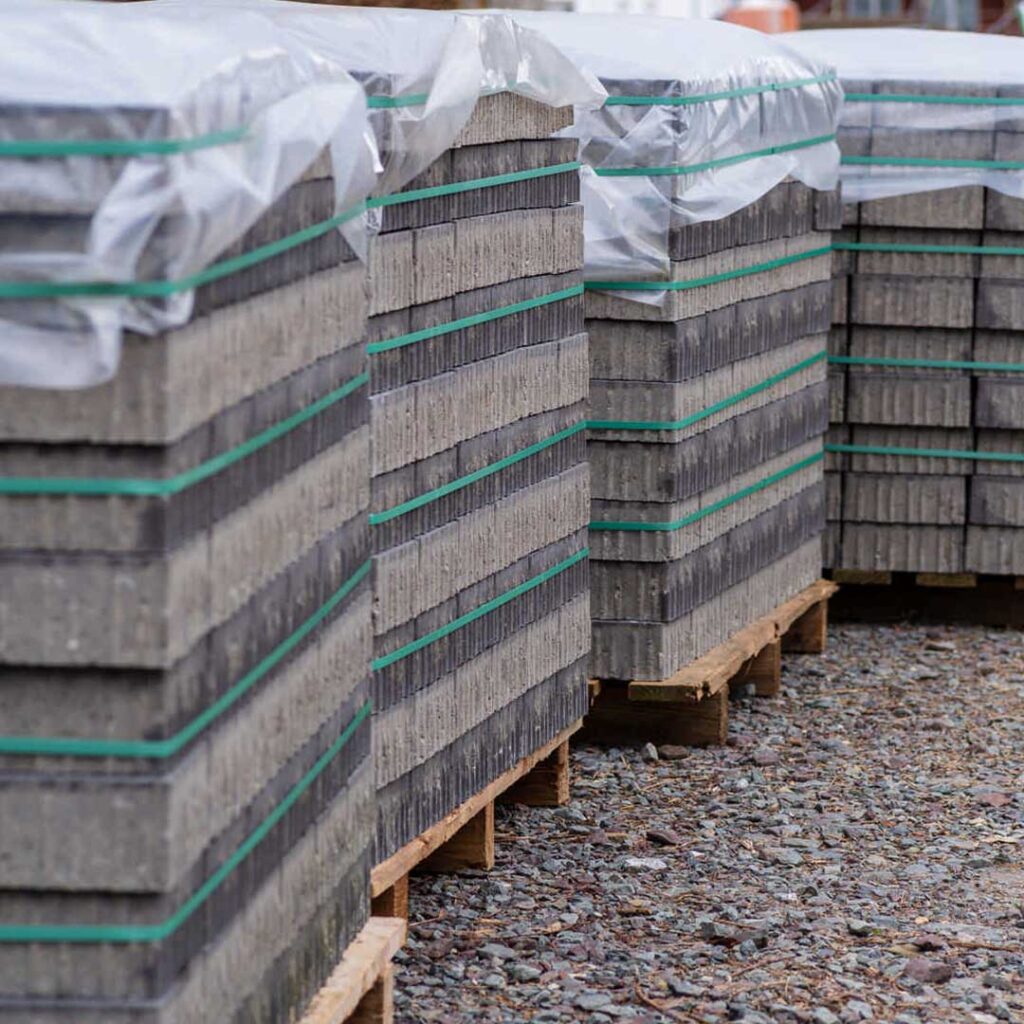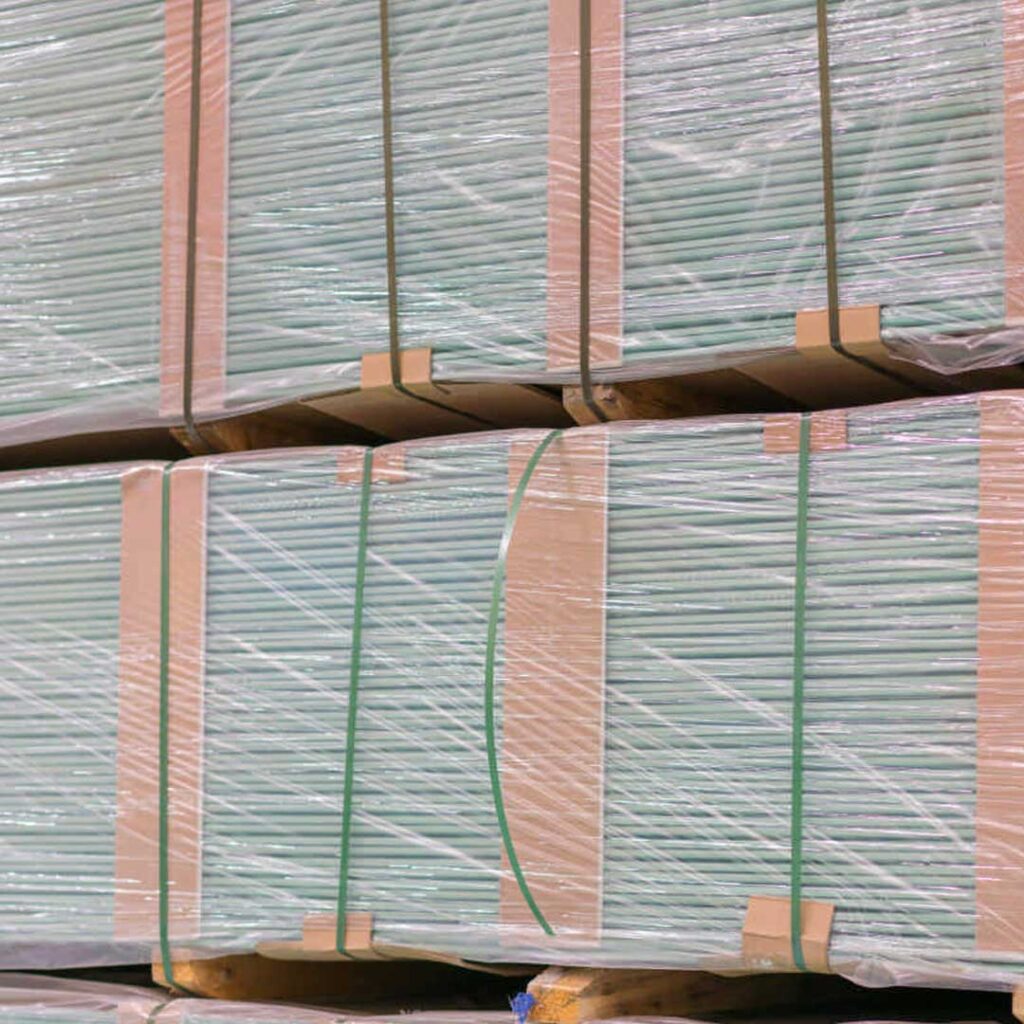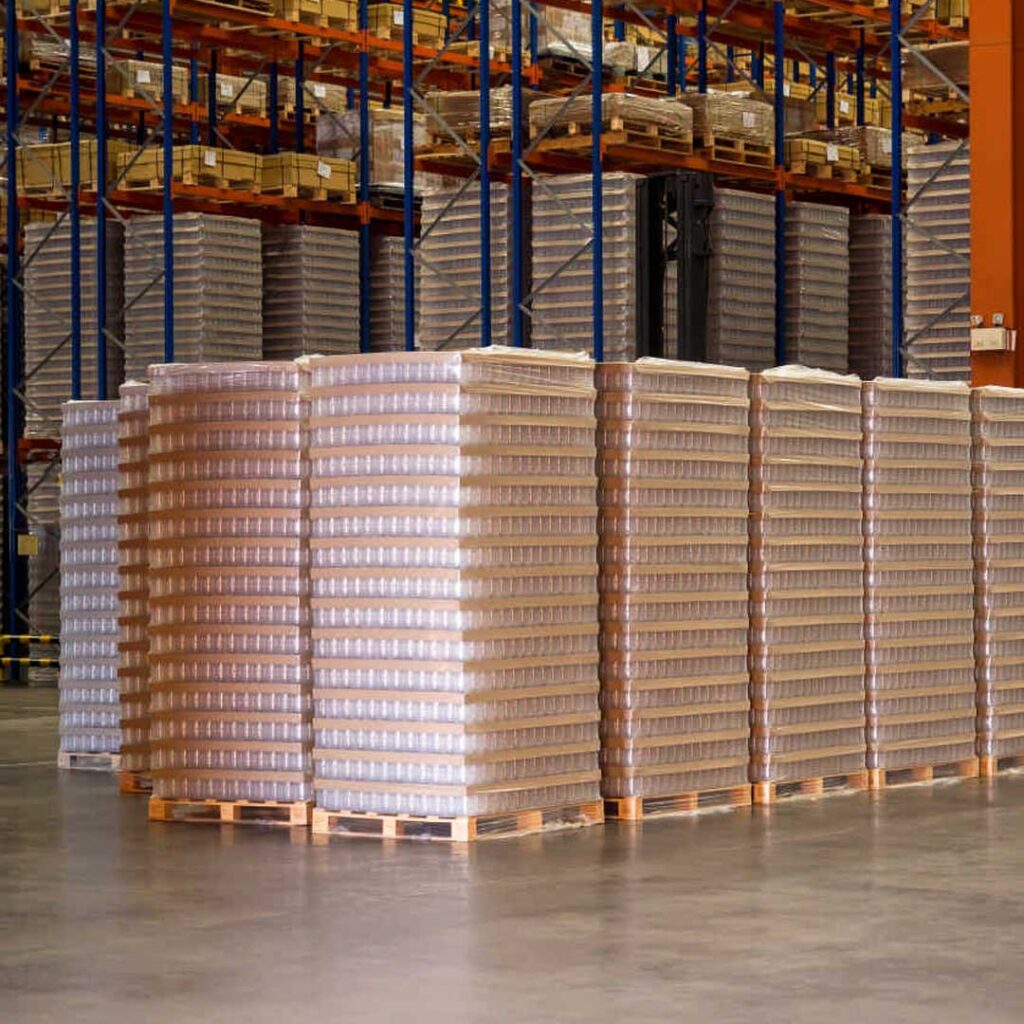Anyone who works in logistics, stockrooms, and warehouses will be familiar with pallets – and how essential they are to moving and storing large volumes of goods safely. But pallet covers, sheets and wraps are the unsung heroes, and the secret to how much you can load onto a pallet.
Without these unassuming coverings, a fully loaded pallet could be unstable, and all the products upon it would be exposed to the elements during transit and storage.
There are three main types of polythene pallet covers. In addition, single wound polythene sheet rolls can also be used as a pallet wrap for shipments of varied size and shape – but let’s focus on the made-for-purpose kind for now.

Different types of pallet covers
The three main types of polythene pallet covers are pallet sheets, non-shrink pallet covers, and shrink pallet covers.
Pallet sheets
Pallet sheets come in a couple of guises; specifically bottom or layer sheets, and top sheets.
Pallet bottom sheets and layer sheets are used as base layers when loading a pallet, to protect from ground water and dirt. They’re also used to divide products into layers on the pallet. This adds further stability to the load, and helps minimise damage from leaks if liquids are being transported. Bottom and layer sheets are made using a low-slip polythene additive, to give them extra grip, which increases the safety and stability of the whole pallet.
Pallet top sheets are pretty self-explanatory – providing a thin but strong barrier from dust, rain and spillages, attached to the top of a loaded pallet. There’s a slight overhang at the top, to wrap around the top section. This keeps everything in place and allows for strapping to hold the sheet on.

Pallet sheets are useful for mixed but stable loads, and items that only need partial protection (like building materials and weatherproof items).
Pallet covers (non-shrink)
Non-shrink pallet covers are sort of like big, pallet-sized coverings, which will completely cover a fully-loaded pallet (or tuck into a partially loaded one). They can be shaped for a closer fit and less mess, and can be supplied on rolls for manual or automated application. They can be specified to any thickness and polymer blend, but they’re usually pretty big and strong. This means that non-shrink pallet covers are reusable for other applications at either end of the logistics chain, provided they haven’t been contaminated or damaged in transit.

Non-shrink pallet covers are useful for fully stable pallet loads that need wraparound protection. They repel moisture, dirt, dust – and can be treated with additives that protect against UV light and freezing temperatures.
Shrink pallet covers
Shrink pallet covers are similar to non-shrink in their application – with one key difference. When heat is applied, the material shrinks. This causes the pallet cover to tightly grip the load, stabilising it on the pallet.

This allows the pallet to be loaded to maximum capacity – even with small boxes or crates – safely. Shrink pallet covers offer full protection from the elements, and they are best suited to securing many small items to a pallet safely.
Because they shrink to the products, they need to be cut off at the receiving end. This means that shrink pallet covers are not reusable; but they can be made from recycled polythene, and can be recycled after use.
Using recycled polythene pallet covers
This neatly brings us on to using recycled polythene as your primary material for pallet covers, which has a couple of distinct advantages over using virgin material.
Save the environment
Of course the obvious reason to use recycled polythene pallet covers is to minimise the impact of plastic pollution. Industrial and logistical use of plastic packaging is the invisible giant of plastic waste – and it’s far greater than anyone wants to admit. This is part of the reasoning behind the PPT, or Plastic Packaging Tax, which came into effect this year.
Save money – in tax paid on PPT
By using at least 30% recycled material in plastic pallet covers, organisations can legally avoid paying the plastic tax, and save £200 per tonne of plastic as a result.
When choosing your pallet covers, it’s important to strike the balance between cost effectiveness, convenience and environmental impact. If you can, choose an option that is reusable – and reuse the covers as many times as possible. While less convenient, it does save money and reduces environmental impact more effectively.
Still not sure what the right pallet cover is for you? Speak to our team of packaging experts, and design your ideal solution.
Get custom-made polythene pallet covers
Order pallet covers, made with a custom polythene blend. Add recycled content, performance-enhancing additives, and more. Get a quote now, or call us on 01773 820415 to start designing your own polythene packaging sleeves.


